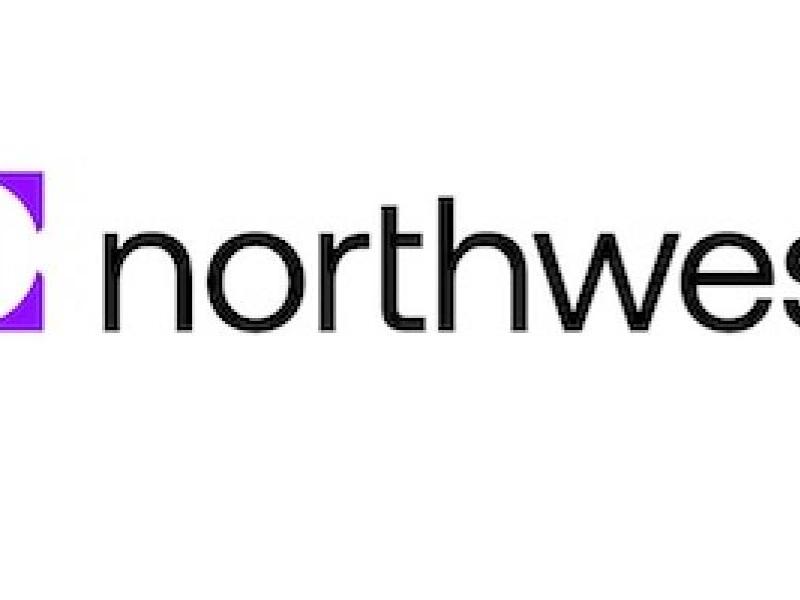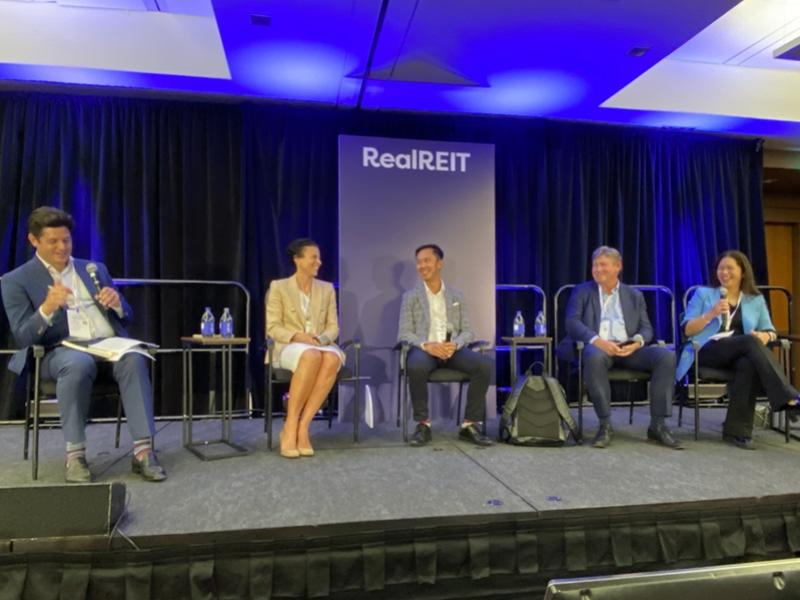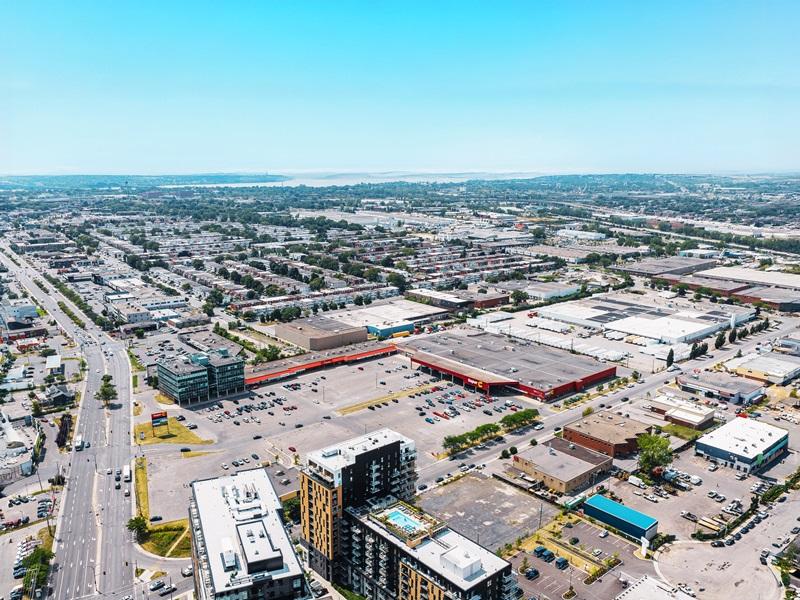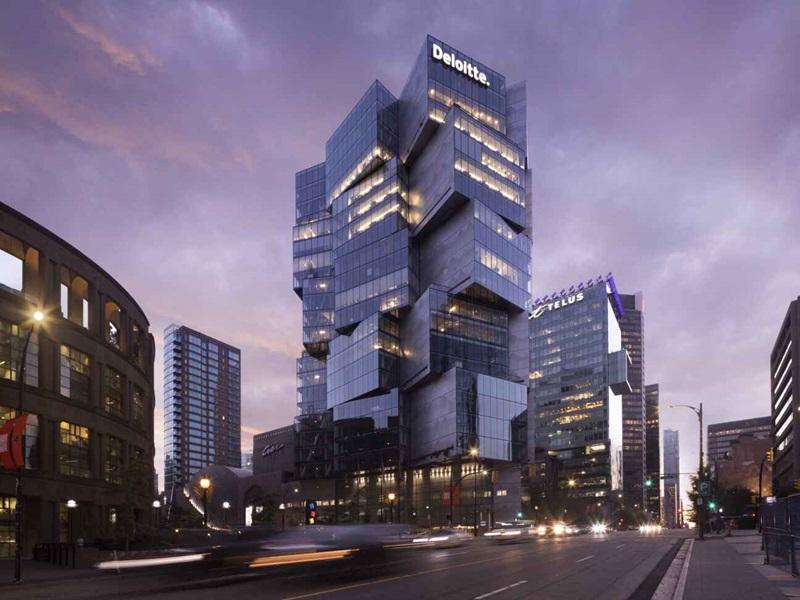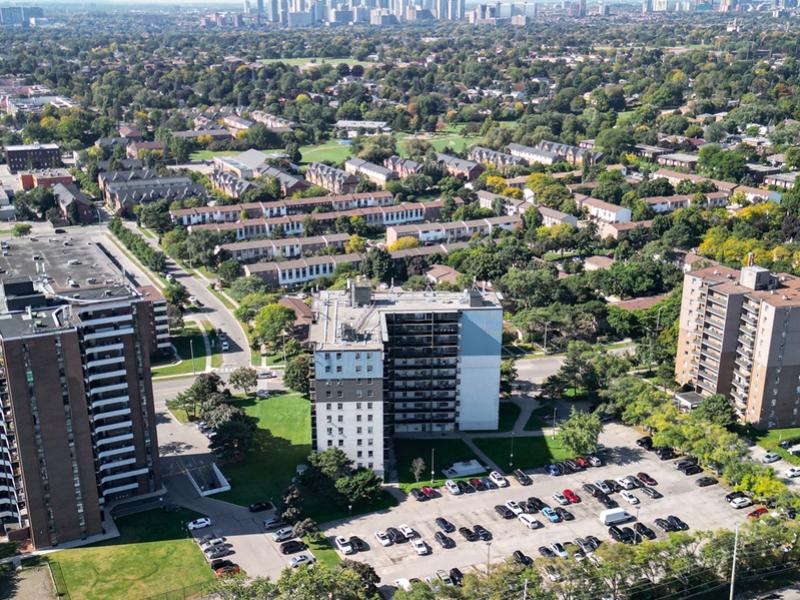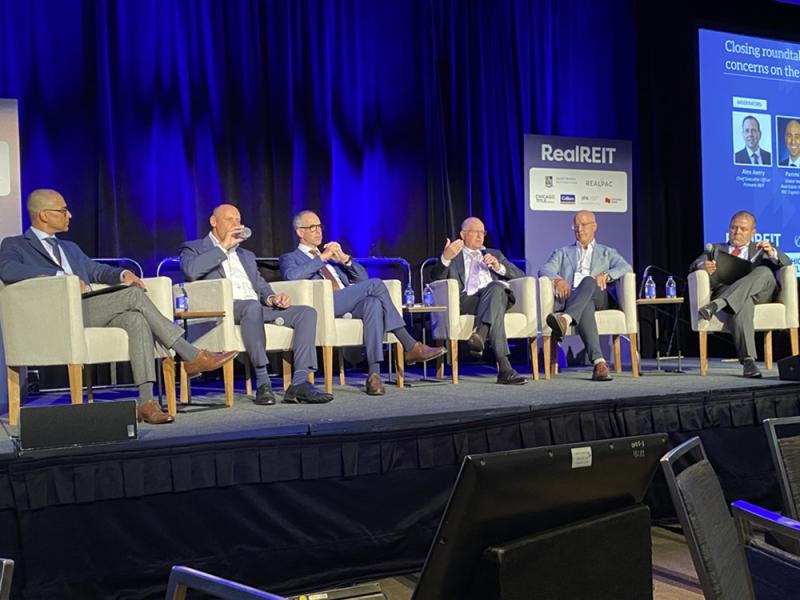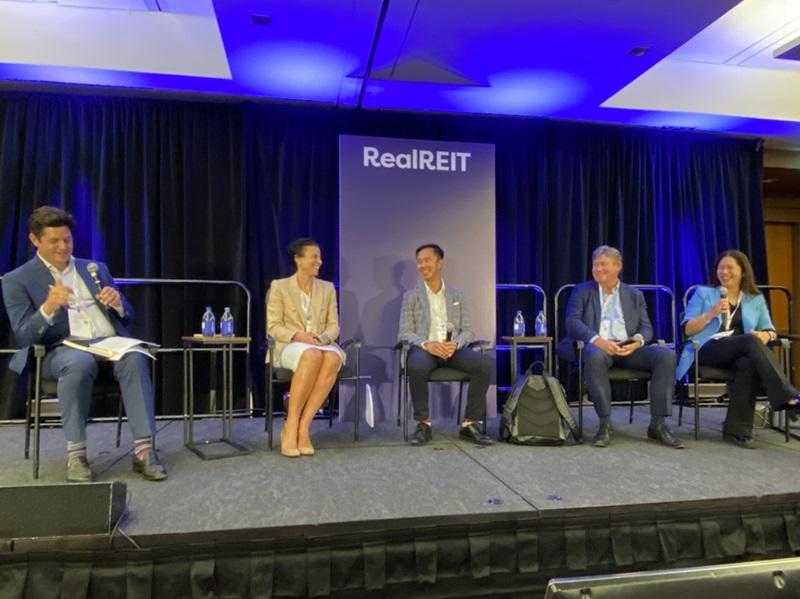
Land and construction costs that continue to outpace rents and leasing rates are among the key factors holding back development in several key commercial real estate sectors.
That was one of the most prevalent messages as REIT executives representing the four major Canadian asset classes provided insights into how they’re dealing with market conditions at RealREIT in Toronto. The conference was held Sept. 10 at the Metro Toronto Convention Centre.
National Bank Financial managing director Matt Kornack moderated the session, much of which focused on development.
All four panellists explained the current economic realities that make development in their asset classes a challenging prospect to undertake.
Office
Allied Properties REIT president and chief executive officer Cecilia Williams represented the office sector, as the trust develops, owns and operates urban workspaces in Montreal, Toronto, Kitchener, Calgary and Vancouver. Its portfolio is comprised of 174 buildings with almost 13.5 million square feet of office gross leasable area (GLA) and 1.4 million square feet of retail GLA.
Williams said it would cost between $850 and $1,100 per square foot, including tenant incentive offers, to acquire land and develop a new office building on it.
“That’s the reason that the last bit of supply is coming online next year with CIBC Square’s Tower II in early 2026, and there's nothing else slated for development in any of the markets in which we operate,” Williams explained.
“We don't contemplate beginning any new developments, just given the amount of vacancy that we have to lease up in our portfolio, and I'm not sure that there will be any new development that starts given the vacancy in the markets in general.
“There's a little bit of chatter about a project getting kicked off in Toronto to accommodate one of the bank mandates. I don't think that's official yet but, even if they were to put a shovel in the ground this afternoon, it won't come online for another five years.
“So the supply side of the equation will be limited for the next five years at least, which I think is a very healthy pause in development activity. It will allow the market to rebalance and allow existing stock to strengthen from a valuation perspective.
“I'm thrilled that there isn't any new development coming online. With those costs to develop, you need rent numbers north of $80 per square foot to make it worth the development risk.”
Multi-residential
Boardwalk REIT president James Ha represented the multiresidential sector. The fully vertically integrated trust owns and operates 34,000 apartment units across British Columbia, Alberta, Saskatchewan, Ontario and Quebec.
Ha said it’s difficult to economically develop multifamily. Alberta is one of the least expensive places to build but, even there, the all-in cost of developing a wood-frame apartment building is still about $500 per square foot. There’s a 20 to 25 per cent premium for concrete construction.
Boardwalk’s in-place rents are about $1.80 per square foot, much lower than the $3.45 per square foot that’s required for newly constructed apartment buildings.
“You're seeing construction costs continue to increase and you're seeing construction start to slow,” Ha said. “From a capital allocation standpoint, we're focused on either buying back stock or buying assets from developers who’ve recently delivered projects and realized that operating them is tough.”
Retail
Primaris REIT president and chief operating officer Patrick Sullivan represented the retail sector, as the trust owns and manages 36 properties across Canada — including 25 regional enclosed shopping centres.
“Primaris is focused on regional enclosed shopping centres, which are particularly hard to replace or build new,” Sullivan observed. “Generally, you need 30 to 70 acres in an area where there's good transit and good access from a transportation point of view.”
Primaris’ stock trades at an implied price of less than $300 per square foot and Sullivan said it would cost $800 to $1,000 per square foot to replace a regional enclosed shopping centre. Its average in-place rent is about $29 per square foot but it would need $80-plus per square foot to rationalize new development.
“For us to do development on sites where we already own excess land, we’re generally looking at around $60 a foot from the retailer to build anything new, which more or less means it’s restricted to either banks or QSR (quick service restaurants) right now,” Sullivan said.
“There may be grocery stores where we can cap construction costs and tenants are ready to put in a lot of their own money. That's the only other way we can justify development.”
Industrial
Dream Industrial REIT chief financial officer Lenis Quan represented the industrial sector, as the trust owns and manages 73 million square feet of industrial assets in Canada, Europe and the United States. The assets under management are valued at about $16 billion, $7 billion of which is wholly owned by the REIT and the remainder through private partnerships.
Dream Industrial typically likes to develop urban infill mid-bay facilities, and it’s targeting yields in the seven per cent or higher range on an unlevered basis. Developing that in the Greater Toronto Area would require rents at least in the low to mid-$20 range and Quan said the REIT’s in-place portfolio has rents about 30 per cent lower than market rates.
“Finding good acquisition opportunities is still quite viable, so we've been deploying more capital on acquisitions than development,” Quan said.
“Land availability and the cost of land varies by market for industrial product, and that's often the biggest barrier for new supply. Land values remain elevated.
“Development costs are increasing, often at rates higher than inflation, and there are long lead times in terms of the entitlement process, so that really extends the timelines. Construction costs are fairly stable, especially since we've passed the peak of interest rates, and there's less pressure on labour costs just given lower construction activity in the markets overall.
“Tariffs could threaten costs, but we're not seeing that yet. So generally speaking, rents still aren't high enough to justify most new spec development.”
Some of the most attractive elements of Dream Industrial’s portfolio, according to Quan, are tenant-led expansions on either existing excess land or adjacent parcels.


